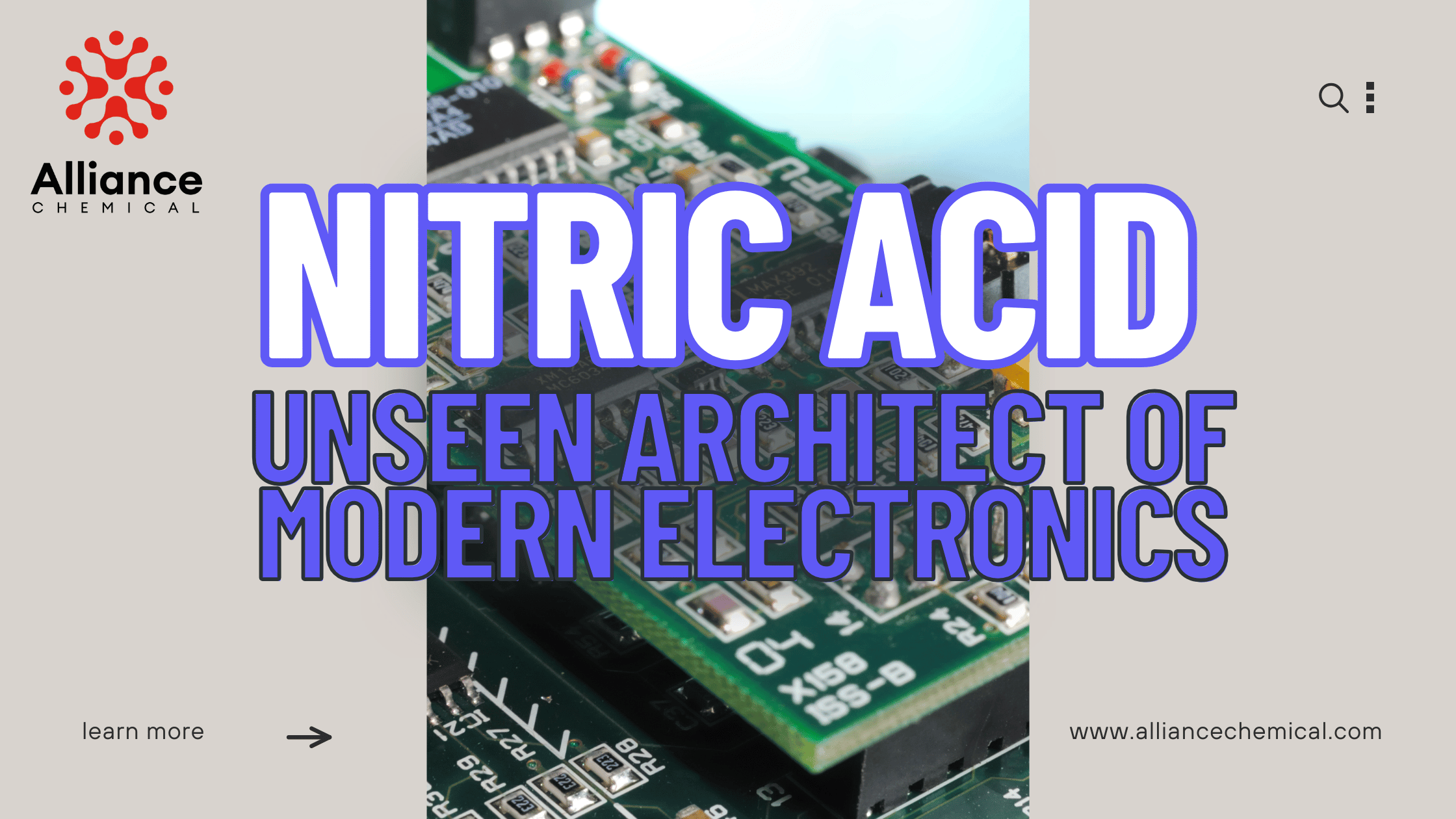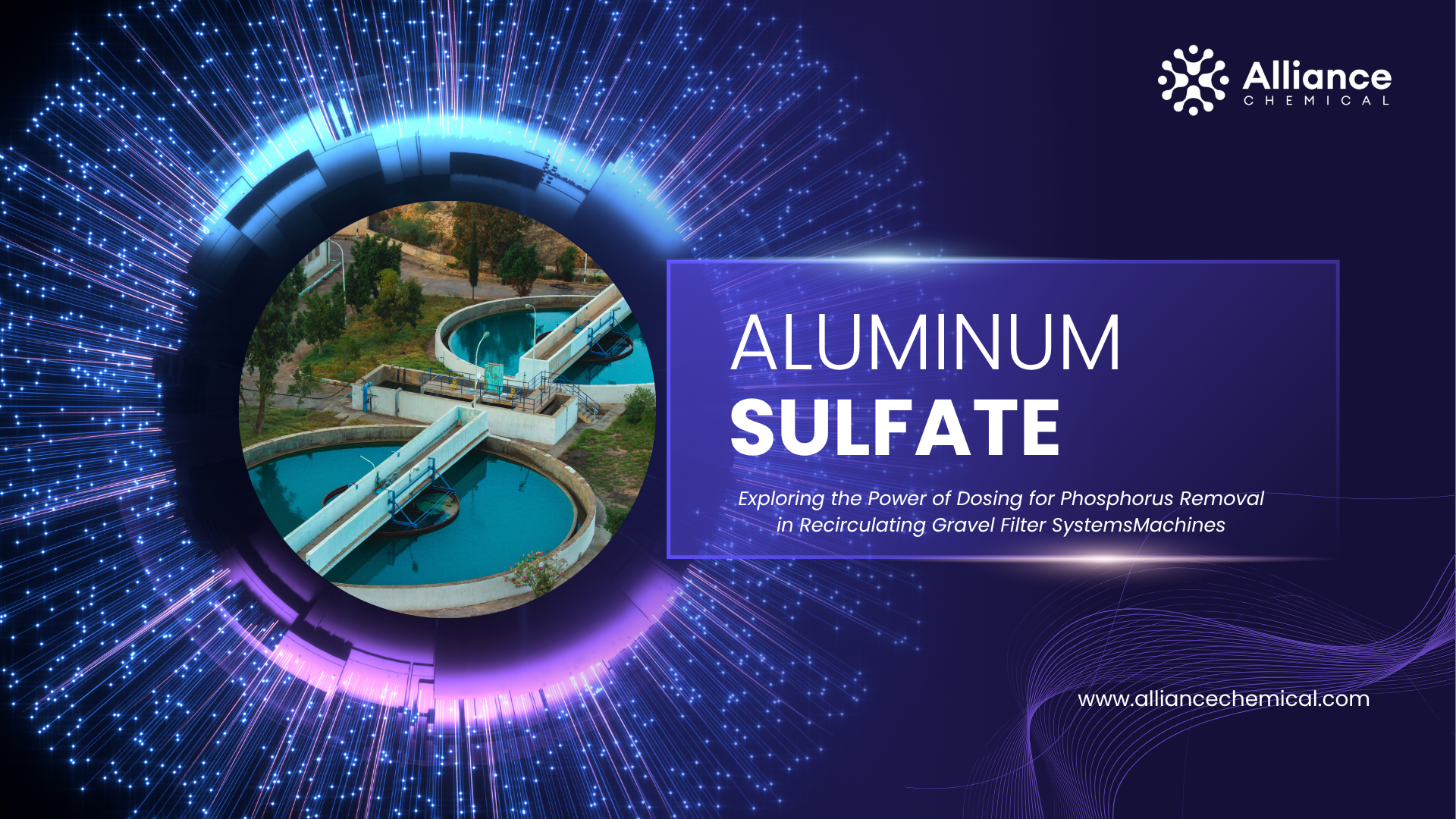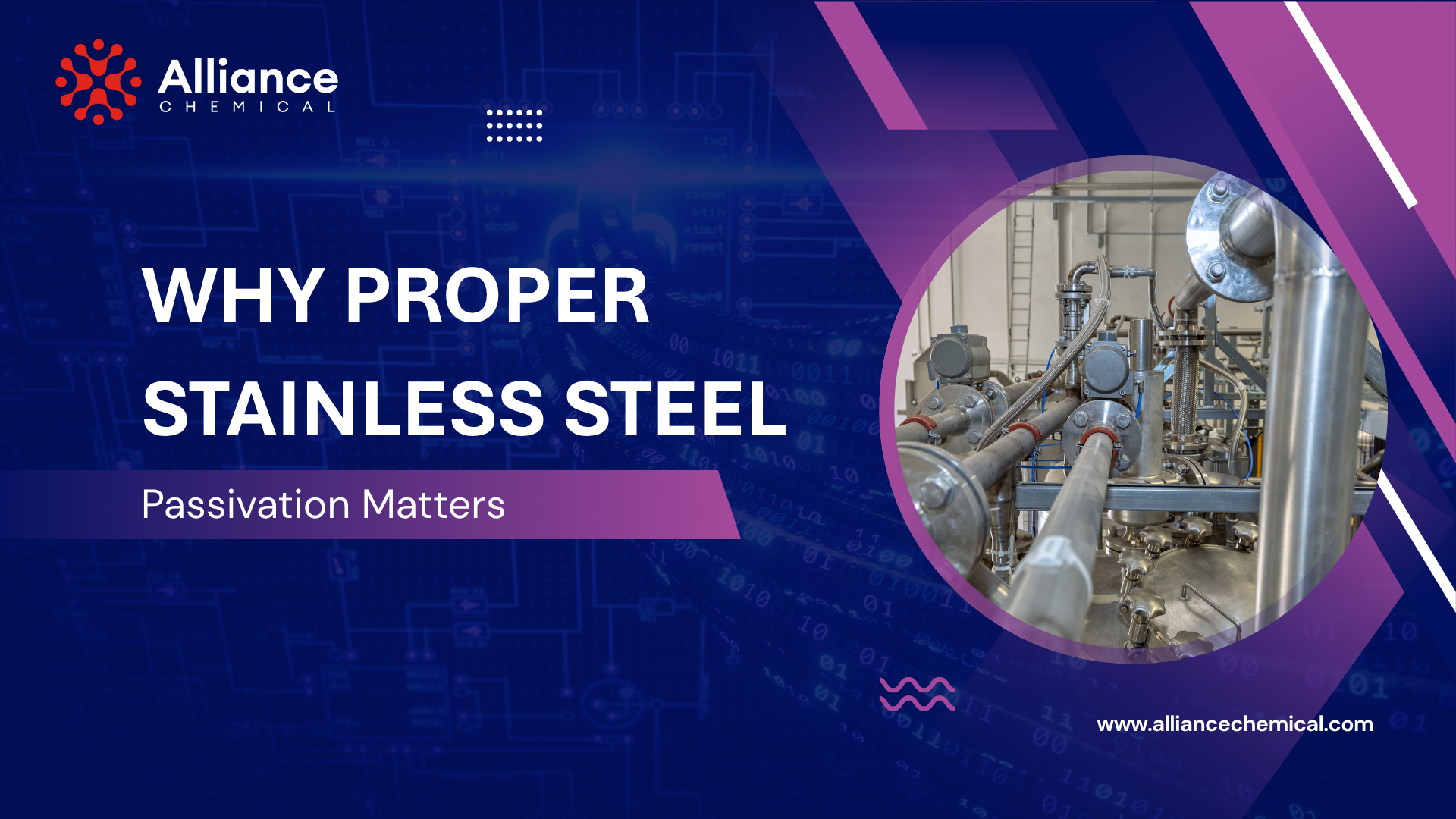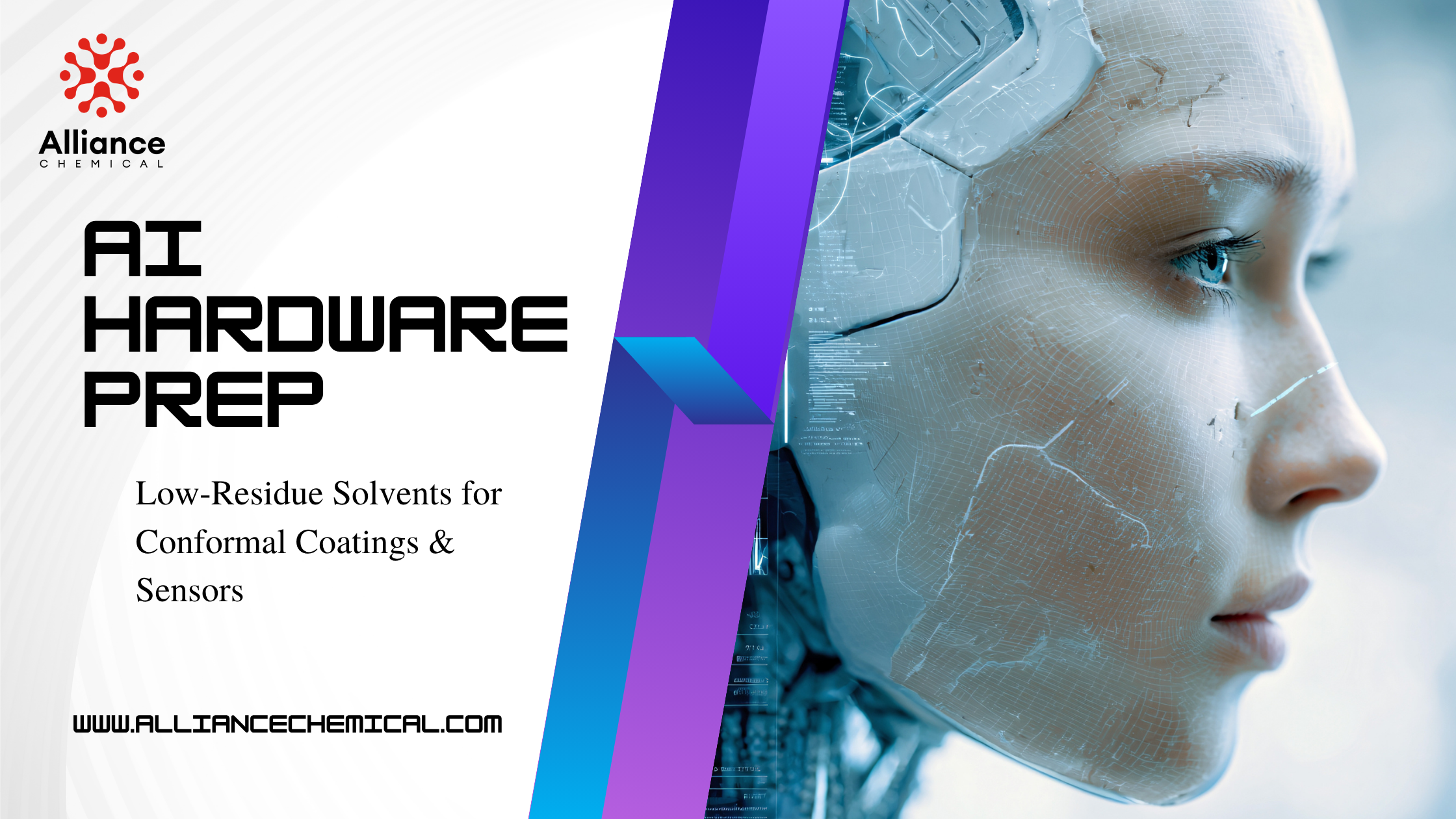
Nitric Acid: The Unseen Architect of Modern Electronics
Table of Contents
Summary
Delve into the indispensable and often-overlooked role of high-purity nitric acid in etching, cleaning, and producing the intricate electronic components that drive modern innovation, from electric vehicles to cutting-edge computing.
Nitric Acid: The Quiet Enabler of the Electronic Revolution
The sleek design of an electric vehicle (EV), the silent hum of its motor, the instantaneous response of its infotainment system – these are tangible experiences underpinned by an invisible world of microscopic precision. Similarly, the immense power of high-performance computing circuits, capable of simulating complex phenomena or driving artificial intelligence, relies on components built with an almost unimaginable level of detail. At the heart of fabricating these technological marvels lies a chemical workhorse: Nitric Acid (HNO₃). Its remarkable versatility as a strong oxidizing agent and a reactive acid makes it indispensable for multiple precision-driven steps in creating the electronic components we rely on daily.

While end-users rarely consider the chemistry involved, nitric acid is a cornerstone material in the electronics industry. Its potent oxidizing properties and reactivity are harnessed in multiple critical stages, from shaping the infinitesimal transistors on a silicon wafer to ensuring the pristine cleanliness required for flawless operation. This powerful mineral acid is not just an ingredient; it's an active agent that enables the creation of the dense, reliable, and miniaturized electronics that define our modern era. Without the controlled power of nitric acid, the rapid advancements in EVs, mobile devices, AI hardware, and countless other high-tech applications would be severely constrained. This exploration uncovers the vital contributions of nitric acid to the electronic systems that are reshaping our world.
Alliance Chemical: Your Partner in Purity and Performance
At Alliance Chemical, we understand that the future of electronics is built on a foundation of exceptionally pure materials. We are dedicated to supplying superior grades of Nitric Acid, including the vital ACS Reagent Grade Nitric Acid, engineered to meet the exacting specifications of the electronics manufacturing sector. Explore our lab chemicals for your R&D needs and discover the difference high-purity nitric acid makes.
Semiconductor Mastery: Nitric Acid's Role in Chip Fabrication
Semiconductor chips, or integrated circuits (ICs), are the very essence of modern electronics. Manufacturing these devices—containing billions of transistors on a silicon sliver smaller than a fingernail—is an extraordinarily complex process involving numerous chemical and physical steps. Nitric acid is indispensable in several of these photolithographic and etching steps, where precision is measured in nanometers and purity is paramount.
The Art of Etching: Defining Microscopic Landscapes
Etching is the process of selectively removing material to create the desired intricate patterns on a wafer, forming the functional elements of an IC. Nitric acid is a key component in various wet etching solutions due to its strong oxidizing properties:
- Silicon Etching (Bulk and Selective): In combination with hydrofluoric acid (HF) and often acetic acid (in HNA mixtures), nitric acid helps etch silicon. Nitric acid acts as the oxidizer, meaning it facilitates a chemical reaction by readily providing oxygen. This forms a layer of silicon dioxide (SiO₂), which is then dissolved by the HF. The ratio of these components meticulously controls the etch rate and selectivity, allowing engineers to sculpt features like trenches or isolate active areas. This is crucial for creating complex 3D structures like FinFETs in advanced logic chips.
- Metal Layer Patterning: Modern ICs use multiple layers of metallic interconnects (e.g., aluminum, copper, titanium, tungsten) to wire the transistors together. Nitric acid, sometimes with other acids or chelating agents, is used to etch these metal films. For example, phosphoric acid-nitric acid-acetic acid (PNA) mixtures are used for etching aluminum. The goal is to precisely remove metal from unwanted areas while leaving the patterned conductive lines perfectly intact.
- Dielectric Etching: While less common for primary dielectric etching (where plasma etching often dominates due to its anisotropic capabilities), nitric acid-based solutions can be involved in cleaning or modifying dielectric surfaces (like silicon nitride or silicon dioxide) between process steps, ensuring optimal surface conditions.
- Isotropic vs. Anisotropic Etching: Wet etchants containing nitric acid typically result in isotropic etching (etching equally in all directions), creating rounded profiles. This can be desirable for some applications like bulk material removal or specific cleaning steps. For high-aspect-ratio features requiring vertical sidewalls, anisotropic (directional) etching, usually achieved with plasma, is preferred. However, wet etching with nitric acid remains vital for many stages in semiconductor manufacturing.
Pristine Surfaces: The Foundation of Performance
Beyond etching, nitric acid is a powerful cleaning and surface preparation agent, essential for achieving the ultra-clean surfaces required in semiconductor fabrication:
- Post-Etch Residue Removal: After plasma or wet etching, undesirable residues (polymers, metallic particles) can remain on the wafer surface. Nitric acid solutions, often heated or in "Piranha" type mixtures (with sulfuric acid and hydrogen peroxide), are highly effective at oxidizing and dissolving these stubborn organic and inorganic contaminants.
- Wafer Cleaning & Passivation: Before critical deposition or ion implantation steps, wafers undergo rigorous cleaning cycles. Nitric acid helps remove trace metals and organic contaminants, and can also grow a thin, controlled native oxide layer (passivation) that protects the silicon surface and prepares it for subsequent processing.
- Tool and Equipment Cleaning: Quartzware and stainless steel components within semiconductor manufacturing tools are periodically cleaned with nitric acid solutions to remove process byproducts and metallic contamination, preventing cross-contamination between wafers and maintaining process integrity.
Precision Demands Purity: The ACS Grade Nitric Acid Edge
The nanometer-scale features in modern ICs mean there is zero tolerance for impurities. Even parts-per-billion (ppb) levels of rogue metallic ions (like sodium or iron) in process chemicals such as nitric acid can diffuse into the silicon, altering its electrical properties and causing transistor failure or reduced chip yield. This is why ACS reagent grade nitric acid and even higher purity electronic/SEMI grade (learn about SEMI grades for electronic chemicals) are mandated. Low-particle counts are equally critical, as a single microscopic particle can bridge a critical gap or mask an area during etching, leading to a fatal defect on the chip.
PCB Precision: Nitric Acid in Circuit Board Fabrication
Printed Circuit Boards (PCBs) are the vital platforms that mechanically support and electrically connect electronic components using conductive tracks, pads, and other features meticulously etched from copper sheets laminated onto a non-conductive substrate. While various etchants are used in PCB manufacturing, nitric acid also finds its applications here, especially in specific cleaning, surface preparation, and specialized etching steps.
Role in Copper Processing and PCB Etching:
- Primary Copper Etching (Less Common but Possible): While alkaline etchants (like ammoniacal solutions) and cupric chloride are more prevalent for high-volume PCB etching due to better process control and etchant regeneration capabilities, nitric acid-based systems can be employed. Nitric acid's strong oxidizing power rapidly dissolves copper (Cu + 4HNO₃ → Cu(NO₃)₂ + 2NO₂ + 2H₂O). This makes it effective for copper removal but requires careful management of NOx fumes and etchant stability for consistent results in PCB etching.
- Cleaning and Surface Activation: Before critical processes like solder mask application, surface finishing (e.g., ENIG - Electroless Nickel Immersion Gold, HASL - Hot Air Solder Leveling), or via plating, copper surfaces must be immaculately clean and free of oxides. Dilute nitric acid solutions can be used as a micro-etch or deoxidizer to prepare the copper surface, promoting better adhesion for subsequent layers and ensuring optimal electrical integrity of connections.
- Desmear Process for Multilayer PCBs: In multilayer PCBs, after drilling holes (vias) that connect different layers, resin smear from the substrate material can coat the exposed copper of the inner layers, hindering proper electrical connection. While plasma etching or permanganate solutions are common for desmear, some specialized chemical desmear processes might involve oxidizing agents, where nitric acid's chemistry could be relevant in certain formulations to remove this smear.

The reliability of every connection on a PCB, especially in high-density interconnect (HDI) boards used in compact devices like smartphones and high-frequency applications, depends on these meticulous chemical processing steps. The use of appropriately pure nitric acid ensures that cleaning and surface preparation steps don't introduce new contaminants that could compromise solder joint integrity, lead to long-term reliability issues like electromigration, or affect signal integrity in high-speed circuits.
The Ultimate Cleaning Power: Nitric Acid's Oxidative Strength in Electronics
Beyond its role as an etchant, the formidable oxidizing capability of nitric acid makes it an exceptionally effective cleaning agent in various stages of electronics manufacturing. Its power lies in its ability to chemically break down and solubilize a wide range of stubborn contaminants that could otherwise cripple device performance.
How Nitric Acid Cleans: The Chemistry of Oxidation
Nitric acid (HNO₃) is a strong oxidizing agent. In simplified terms, it readily donates oxygen atoms, which can react with and decompose many organic and inorganic substances, rendering them soluble or volatile:
- Organic Residue Removal: It can aggressively attack and break the chemical bonds in organic materials like photoresist residues, oils, greases, and fingerprints. The carbon and hydrogen in these organics are oxidized to carbon dioxide and water, or smaller, more soluble fragments. This is particularly important after photolithography or handling steps to ensure a clean surface for subsequent processes.
- Metallic Contaminant Dissolution: Trace metal particles (e.g., iron, copper, nickel) from previous process steps, equipment, or handling can be disastrous for semiconductor performance. Nitric acid can oxidize these metals to their ionic forms (e.g., Fe to Fe³⁺), which are then soluble in the acidic solution and can be easily rinsed away, preventing electrical shorts or performance degradation. For example, Fe + HNO₃ → Fe(NO₃)₃ + ...
- Removal of Inorganic Films/Particles: While not its primary role for all inorganics, nitric acid can assist in breaking down or loosening certain inorganic particulate matter or thin unwanted films when used in specific mixtures or conditions, contributing to overall surface cleanliness.
Applications in Critical Cleaning:
- Pre-Deposition Cleaning: Before thin films (metals, dielectrics) are deposited onto a wafer, the surface must be ultra-clean. Nitric acid-based cleans (e.g., as part of an "RCA clean" variation or in Piranha-like solutions where it complements other oxidizers) ensure no foreign matter interferes with film adhesion, uniformity, or quality.
- Cleaning of Manufacturing Equipment: As mentioned, quartz tubes, stainless steel parts of processing chambers, and other critical semiconductor manufacturing equipment are periodically cleaned with nitric acid to strip away accumulated process residues and metallic films, preventing them from becoming sources of contamination for subsequent product wafers.
- Component Cleaning Before Assembly: Individual electronic components like lead frames, connectors, or sensor elements may undergo nitric acid-based cleaning steps to ensure reliable bonding, soldering, or welding during the final assembly stages, contributing to the longevity and performance of the final electronic device.
The goal is always to achieve a surface that is, as closely as possible, atomically clean, providing the perfect canvas for the subsequent, incredibly precise manufacturing step. Solutions like Nitric Acid 25% or Nitric Acid 40% are often used for these general yet critical cleaning applications, with higher concentrations like Nitric Acid 65% or Nitric Acid 70% reserved for more aggressive cleaning or specific etching protocols where its full oxidative strength is required.
The Purity Imperative: Why Trace Contaminants in Nitric Acid Spell Disaster for Electronics
In the realm of microelectronics and semiconductor fabrication, the term "pure" takes on an almost absolute meaning. The performance, reliability, and manufacturing yield of devices with features measured in nanometers are exquisitely sensitive to the minutest levels of contamination. When using chemicals like nitric acid, a single rogue atom in the wrong place can be the difference between a functional, high-performance chip and a costly piece of scrap silicon.
The Detrimental Impact of Impurities:
- Metallic Ions (e.g., Na⁺, K⁺, Fe³⁺, Cu²⁺): These are particularly notorious in semiconductor manufacturing. Sodium (Na⁺) and potassium (K⁺) ions are highly mobile within silicon dioxide (a key insulator in transistors) and can drift under electrical fields, altering transistor threshold voltages and causing instability or premature device failure. Heavy metals like iron (Fe³⁺) and copper (Cu²⁺) can act as recombination centers, reducing carrier lifetimes and degrading device performance, or even causing short circuits by diffusing into active silicon areas.
- Particulates: Microscopic (or even sub-microscopic) particles of dust, silica, or other materials originating from chemicals or the environment can block light during photolithography (causing pattern defects), interfere with film deposition (creating pinholes or voids), or physically damage delicate nanostructures on the wafer.
- Anions (e.g., Cl⁻, SO₄²⁻): While less discussed than metallic cations, excessive levels of certain anions like chloride (Cl⁻) or sulfate (SO₄²⁻) in process chemicals can contribute to corrosion of metallic layers or interfere with specific chemical reactions at the wafer surface, impacting device reliability.
- Organic Contaminants: Residues from handling, packaging, or impure chemicals can lead to poor adhesion of subsequent layers, outgassing in vacuum processes (contaminating chambers), or leave carbon residues after thermal steps that affect electrical properties.
The Hierarchy of Purity: Understanding Chemical Grades for Nitric Acid
To combat these threats, the electronics industry relies on nitric acid (and all other process chemicals) of exceptionally high purity, often defined by stringent industry standards. Understanding these grades is crucial:
- Technical Grade: Suitable for general industrial applications where high purity is not the primary concern. Impurity levels are typically in the parts-per-million (ppm) range or higher and are wholly inadequate for any electronics application.
- ACS Reagent Grade: Conforms to specifications set by the American Chemical Society (ACS). Impurities for key elements are controlled, often at low ppm or high parts-per-billion (ppb) levels. This grade is a good starting point for less critical electronic applications, some R&D, and quality control labs.
- Electronic Grade / Semiconductor Grade (e.g., SEMI F7, F18, etc.): These are ultra-high purity (UHP) grades specifically developed for microelectronics fabrication. Specifications are far more rigorous, with maximum allowable limits for dozens of metallic and non-metallic impurities often in the low ppb or even parts-per-trillion (ppt) range. Particle counts per milliliter are also tightly controlled and specified. For instance, Nitric Acid 70% ACS Grade, Low Particle from Alliance Chemical aims to address the critical need for reduced particulate matter even within the ACS specification, bridging towards electronic grade requirements.
Using the correct grade of nitric acid is not a luxury but an absolute necessity in electronics manufacturing. The potential cost of a failed wafer lot or product recalls due to chemical contamination far outweighs any perceived savings from using a lower-purity, less suitable grade.
Safe Handling and Storage of High-Purity Nitric Acid
Even high-purity nitric acid is a hazardous chemical. It is corrosive and a strong oxidizer. Beyond standard Personal Protective Equipment (PPE) like acid-resistant gloves, chemical splash goggles, face shield, and apron, proper storage is critical. It must be stored in appropriate, compatible containers (e.g., specific plastics like HDPE, or PFA for ultra-pure grades) away from incompatible materials such as organics, bases, reducing agents, and metals to maintain purity and prevent dangerous reactions like fires or explosions. Always consult the Safety Data Sheet (SDS) and local regulations before handling. (More on Nitric Acid Properties and Safety).
Powering the Future: Nitric Acid's Enduring Role in EVs and Advanced Circuits
The trajectory of modern technology, particularly in sectors like electric mobility and high-performance computing, is one of relentless miniaturization, increasing complexity, and an insatiable demand for higher efficiency and reliability. This directly translates to even more stringent requirements for the underlying manufacturing processes, where high-purity nitric acid continues to be a vital enabler for innovation.
Electric Vehicles (EVs): A Symphony of Advanced Electronics
An EV is far more than just a battery and an electric motor; it's a sophisticated electronic ecosystem on wheels, heavily reliant on advanced semiconductor devices. Nitric acid plays its part in fabricating key components that make EVs smart, efficient, and safe:
- Power Electronics (Inverters, Converters, On-Board Chargers): These critical systems manage high voltages and currents, often utilizing wide-bandgap semiconductors like Silicon Carbide (SiC) or Gallium Nitride (GaN) in addition to traditional silicon. The fabrication of these power MOSFETs and IGBTs involves highly precise etching and cleaning steps where ultra-pure nitric acid is essential to achieve the required performance, low power loss, and thermal stability necessary for EV powertrains.
- Battery Management Systems (BMS): The BMS is crucial for the safety, longevity, and optimal performance of the EV battery pack. It relies on microcontrollers, analog-to-digital converters, and various sensors, all built on semiconductor wafers processed with nitric acid and other high-purity chemicals to ensure accurate monitoring and control.
- Advanced Driver-Assistance Systems (ADAS) & Autonomous Driving Hardware: The sophisticated sensors (cameras, radar, LiDAR) and powerful AI processors for these systems require Integrated Circuits (ICs) with extreme density and unwavering reliability. Any flaw introduced by impure chemicals like nitric acid during manufacturing could have critical safety implications for autonomous vehicle operation.
High-Performance Circuits: Pushing Computational Boundaries
Beyond EVs, the insatiable demand for computational power in fields like artificial intelligence (AI), big data analytics, scientific research, and 5G/6G telecommunications drives relentless innovation in circuit design and manufacturing, where nitric acid is a key processing chemical:
- CPUs, GPUs, and AI Accelerators: These chips, the brains of modern computing, feature billions of transistors packed into ever-smaller footprints, with gate lengths approaching atomic scales. The slightest deviation in etching or cleaning processes, often reliant on nitric acid, can significantly impact performance, power efficiency, and chip yield.
- High-Bandwidth Memory (HBM): Stacking memory dies vertically (3D integration) to achieve high bandwidth requires advanced packaging techniques and pristine interconnects. Cleaning and surface preparation with chemicals like high-purity nitric acid are vital for reliable die-to-die bonding.
- High-Frequency RF Components: For 5G base stations and user equipment, RFICs (Radio Frequency Integrated Circuits) operate at very high frequencies. At these frequencies, material properties and surface conditions, ensured by pure chemical processing including the use of nitric acid, are critical for signal integrity, minimizing loss, and maximizing performance.
As device features continue to shrink and new materials (like 2D materials, nanowires, or advanced compound semiconductors) are introduced into mainstream manufacturing, the role of precisely controlled chemical processes, and thus the need for ultra-high purity chemicals like electronic-grade nitric acid, will only intensify. The future of these high-tech industries is inextricably linked to the quality and purity of the chemical building blocks, such as nitric acid, used in their creation. (Read more on the synergy of high-purity acids in electronics manufacturing).
Alliance Chemical: Delivering the Purity and Reliability Electronics Demand for Nitric Acid
The intricate dance of chemistry in electronics manufacturing, especially highlighting the critical role of nitric acid, demands an unwavering commitment to quality, consistency, and purity. At Alliance Chemical, we understand that the performance of a billion-dollar fabrication facility, a groundbreaking research project, or a life-saving medical device can hinge on the purity of the chemicals used.

We provide a comprehensive portfolio of nitric acid products, including various concentrations such as Nitric Acid 25%, Nitric Acid 40%, Nitric Acid 65%, and the widely used Nitric Acid 70% ACS Grade, Low Particle. These products are specifically tailored to meet the rigorous demands of the electronics sector, precision cleaning, and demanding research and development applications.
Our Commitment to You:
- Verified Purity: Our ACS grade nitric acid meets or exceeds the stringent specifications set by the American Chemical Society. This ensures minimal metallic and particulate contamination, which is critical for sensitive electronic processes and reliable analytical results.
- Consistent Quality: Batch-to-batch consistency is vital for reproducible results in manufacturing and research. We implement rigorous quality control measures to ensure our nitric acid delivers reliable performance every time you use it.
- Packaging for Integrity: We offer appropriate packaging solutions, including UN-rated containers, designed to maintain the purity of the acid from our facility to yours, minimizing the risk of contamination during transit and storage.
- Technical Support and Expertise: Our team is knowledgeable about the applications of nitric acid and other industrial and lab chemicals. We can assist you in selecting the appropriate grade and concentration for your specific needs. (Contact us for support or a custom quote).
By choosing Alliance Chemical as your nitric acid supplier, you are partnering with a company that prioritizes the quality, reliability, and safety essential for success in the high-stakes world of electronics manufacturing and scientific advancement. Power your innovation with chemicals you can trust.
FAQs: Nitric Acid's Critical Role in Electronics Manufacturing
What specific types of etching in semiconductor manufacturing involve nitric acid?
Nitric acid is commonly used in "wet etching" mixtures for semiconductor processing. For silicon etching, it's often a component of HNA (Hydrofluoric, Nitric, Acetic acid) solutions, which are used for bulk silicon removal or specific surface texturing. In HNA, nitric acid acts as the primary oxidant. For etching various metal layers used in ICs (like aluminum, titanium, or nickel), nitric acid-based etchants (e.g., PNA - Phosphoric, Nitric, Acetic acid for aluminum) selectively remove these layers to define conductive paths and interconnects.
How does "low particle" nitric acid benefit electronics production?
In microelectronics, device features are incredibly small, often measured in nanometers. Even a single sub-micron particle from a chemical like low particle nitric acid can land on a wafer and cause a fatal defect. This can happen by: 1) Masking an area during photolithography or etching, leading to an incomplete or incorrect pattern transfer. 2) Creating an electrical short or an open circuit if the particle becomes embedded in a critical layer. "Low particle" grades of nitric acid are specially filtered and processed to minimize these "killer defects," thereby improving manufacturing yield, device reliability, and overall production efficiency.
Are there alternatives to nitric acid for etching or cleaning in electronics?
Yes, there are alternatives, and the choice depends on the specific material being processed, the desired outcome (e.g., isotropic vs. anisotropic etching), cost, throughput, and environmental considerations. For etching, plasma (dry) etching is widely used, especially for achieving anisotropic profiles critical for high-density devices. For cleaning, other oxidizing agents (like ozone or hydrogen peroxide), specialized solvents, or aggressive mixtures like "Piranha" solutions (sulfuric acid/hydrogen peroxide) are used. However, nitric acid's combination of strong oxidizing power, effectiveness on a wide range of materials, relatively well-understood chemistry, and availability in high-purity grades keeps it a staple for many critical applications in electronics manufacturing.
How does nitric acid contribute to the performance of EV batteries, beyond the BMS electronics?
While the primary focus of this article is on nitric acid's role in fabricating the electronics (like the Battery Management System - BMS), nitric acid can also play an indirect role in the broader EV battery material supply chain. For example, it is used in hydrometallurgical processes for refining and purifying raw materials like nickel, cobalt, and lithium, which are essential components of Li-ion battery cathodes and other battery parts. Ensuring high purity of these cathode materials is critical for achieving optimal battery performance, high energy density, long cycle life, and safety. So, while not directly used in the battery cell assembly itself as much as in electronics, its role in producing pure battery materials is significant.
What are the environmental considerations when using nitric acid in large-scale electronics manufacturing?
The primary environmental concerns associated with nitric acid usage are the acidic nature of the wastewater generated and the emission of nitrogen oxide (NOx) fumes, which are air pollutants and contribute to acid rain and smog. Manufacturing facilities using nitric acid must have robust wastewater treatment systems to neutralize acidic effluent and remove dissolved metals before discharge. NOx abatement systems, such as wet scrubbers or selective catalytic reduction (SCR) units, are also essential to treat air emissions and comply with environmental regulations. Furthermore, efforts are ongoing in the industry to develop more efficient nitric acid recycling and regeneration processes to reduce overall consumption, minimize waste, and improve the sustainability of electronics manufacturing. (Learn more about environmental chemical solutions).
Engineer the Future with Ultra-Pure Nitric Acid from Alliance Chemical
From crafting the next generation of EV power systems to developing groundbreaking high-performance circuits and ensuring flawless semiconductor fabrication, the purity of your chemical inputs like nitric acid is non-negotiable. Alliance Chemical provides the high-grade Nitric Acid solutions, including ACS and Low-Particle options, that enable innovation, ensure manufacturing excellence, and drive technological advancement.
Explore Our Nitric Acid Range Request a Quote or Consultation








